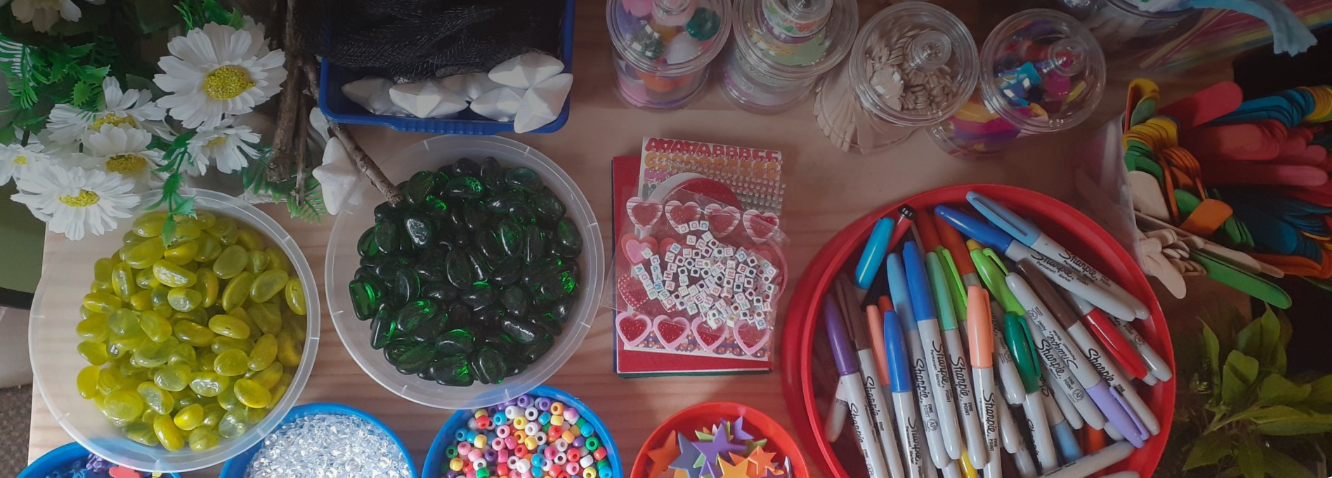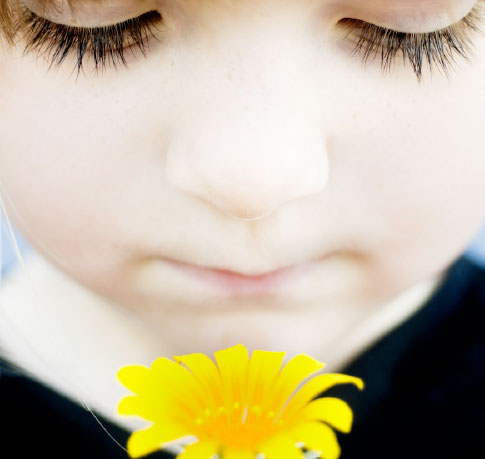 Improved emotional wellbeing is one of St Christopher’s aims for the children and young people we care for. One way we achieve this is through our multi-disciplinary therapeutic teams. Fern is an Art Therapist on the Isle of Man. She is part of the Wraparound therapeutic team, which works with children in care, adoptive parents, foster carers and social care staff to support their emotional wellbeing. The team’s skillset includes a range of therapeutic approaches to ensure that they can offer the most appropriate kind of help to their clients. Read below to find out how art therapy is making a difference to young people on the island. “Our team is made up of five therapists, who are trained in various forms of therapy and counselling. Every Monday we meet to discuss developments and explore any new referrals to the service. People come to us with a variety of needs: attachment, abandonment and rejection, loss, neglect and trauma are ones that surface most regularly. As we provide therapeutic services to Looked After Children, care leavers and adoption families it is important we assess each case on an individual basis in order to signpost them to the most appropriate team member based on what type of therapeutic work is required. Working within a variety of children, young people, parents, adopters and carers means that every day is different, which makes this role interesting and a continuous learning experience. My qualifications and skills lie in Art Therapy, which is different to more traditional therapies as the act of creating art is the primary form of communication between client and therapist. Art therapy is non-directive and richly rooted with psychological theory. In an art therapy session, creative acts form a bridge between the client’s conscious and unconscious minds. This bridge allows emotive material to surface into the client’s awareness. It is the job of the therapist to remain attuned to this so that they can support the client to identify significant feelings and experiences that may provide an informed understanding towards their wellbeing.
In my experience, using non-verbal, non-directive therapy is crucial when working with clients who have experienced severe neglect and trauma. As art therapy is so non-directive it becomes a comfortable way to support the client to process only as much as they feel able to at that time. As Wraparound works with a client group who may have experienced little exposure to boundaries and structure, part of my role is investing time and energy into defining the therapeutic structure, as well as providing a sense of safety within the therapeutic room. These little acts can become poignant, opening up doorways to explore the client’s attachment experiences and feelings towards rejection and loss. In the beginning of working with a new client I gain an understanding of the client’s experiences and messages they believe with regard to their art-making, as these inform what the client needs to feel safe enough to engage in the art therapy process. When a piece of work is finished it is a marker in the client’s journey of therapy, which is often used to reflect their progress and pinpoint conscious awareness of significant factors. Currently I am using art therapy principles to support two siblings in the process of moving back to their family home and making sense of their emotionally traumatic experiences. This work is received positively and evidences the power of creativity and its ability to inspire confidence, provide a sense of mastery and witness the trauma that has been experienced.” Therapeutic support is just one way we create brighter futures for children and young people. Find out how your donations make a difference to their lives or support us today. Source: www.stchris.org.uk Comments are closed.
|
News & JobsNews stories and job vacancies from our member agencies, the fostering sector and the world of child protection and safeguarding as a whole. Browse Categories
All
|
|
The Fairer Fostering Partnership
c/o TACT Fostering Innovation House PO Box 137 Blyth NE24 9FJ |


 RSS Feed
RSS Feed
